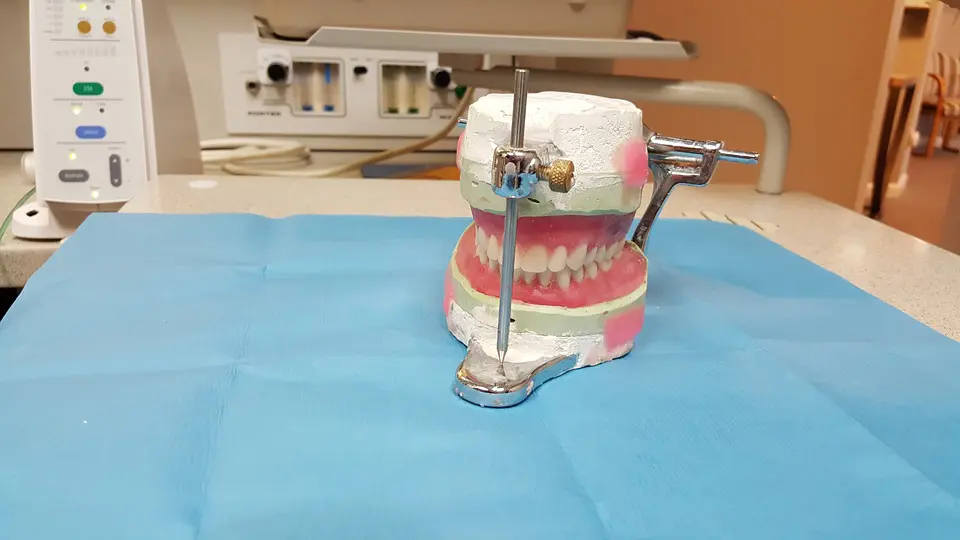Before the food we eat turns into nourishment for our bodies, a lot has to happen. For starters, we need to break the food down by chewing it so that it can enter the digestive system and its nutrients can be absorbed. Teeth are an imperative part of this process. Teeth also allow us to articulate our words, and they make us look better.

(Pixabay / RobynsWorld)
We have different types of teeth with each tooth having four surfaces – inner, outer, chewing, and adjacent. In addition, each type of tooth has an appointed role to play. Here’s a look at some of the main types of teeth and their respective functions.
Incisor
Incisors cut food like a pair of scissors. There are eight incisors situated in the front and center of the mouth—four on top and four on the bottom. We take the first bite of food with the help of our incisors. They break the food into manageable pieces that can be worn down further by other teeth in the mouth. The incisors erupt in the first six months of life and become fully developed by the ages of 6 and 8. Brushing regularly and taking in plenty of calcium will keep the incisors healthy and strong.
Canines
Canines are the teeth that tear food like a fork. There are four canines in our mouth, and they are the sharpest of all teeth. They first appear between the ages of 11 and 20 months, and they take their permanent shape between 11 and 12 years of age. They are used to rip our food, which is vital to proper digestion.
Premolars
Premolars are situated on both sides of the mouth in deep settings. They are used for chewing and grinding food to transform it into a semi-liquid form that can travel down the throat and digest smoothly. The first upper premolars usually appear at the age of 10 while the second ones appear at age 11 in the bottom of the mouth. The premolars are situated deep in the mouth and are not exposed to outside air. It is important that they are given a thorough brushing to protect them from bacteria growth. Because of their remote location, they are prone to plaque and tartar accumulation.
Molars
These are the final sets of teeth in the mouth and replace the premolar teeth. There are just two premolars above and two below. They will be replaced by a double pair of permanent molars above and below for a total of eight molars (four on top, four on the bottom). The molars appear between ages 11 and 13.
It’s important to know about the different teeth and their functions. When we realize the vital role that they play, it motivates us to care for them well so that they can last us for a lifetime.
